Article Library
Showing 1-12 of 12
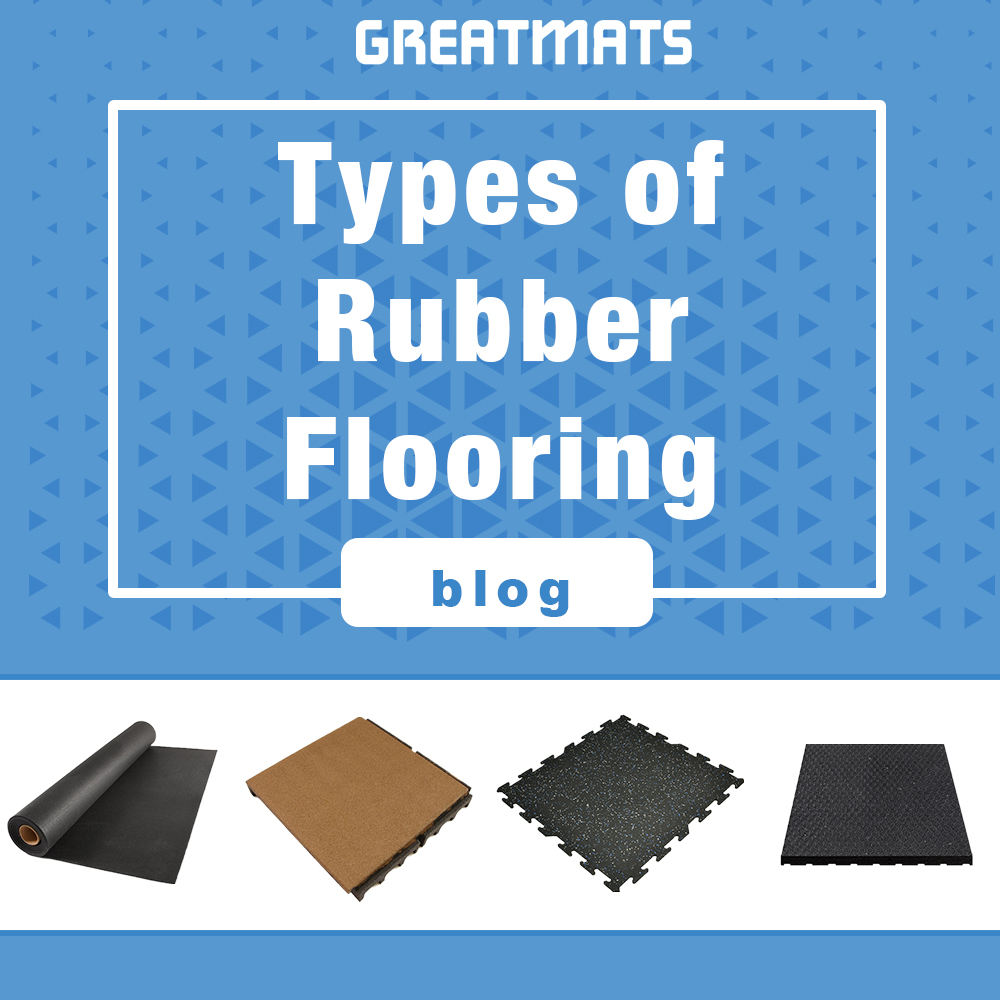
Types of Rubber Flooring & Where to Use It
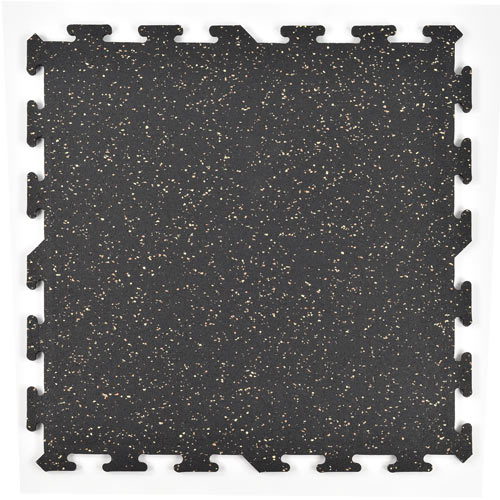
What Are Industrial Rubber Flooring Tiles?
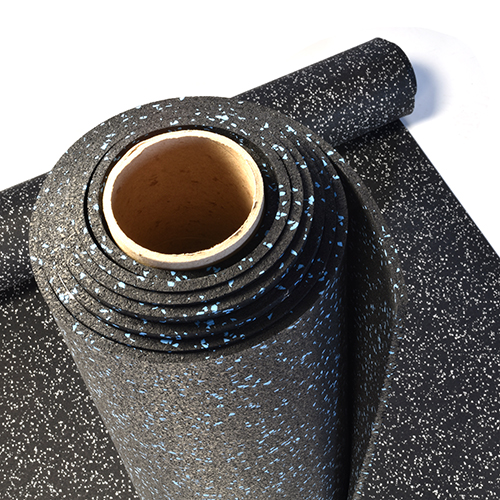
Rubber Floor Mat Options From Greatmats
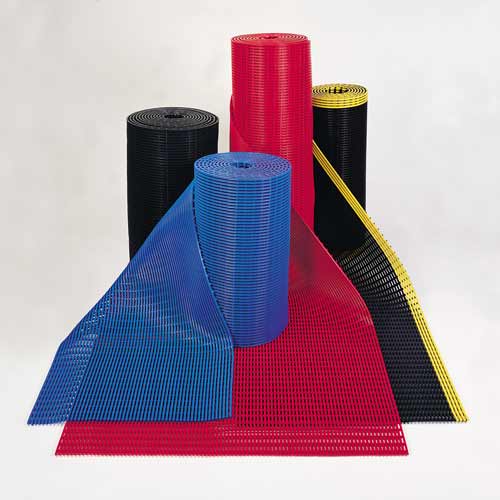
Top Drainage Mats & Matting for Commercial Floors
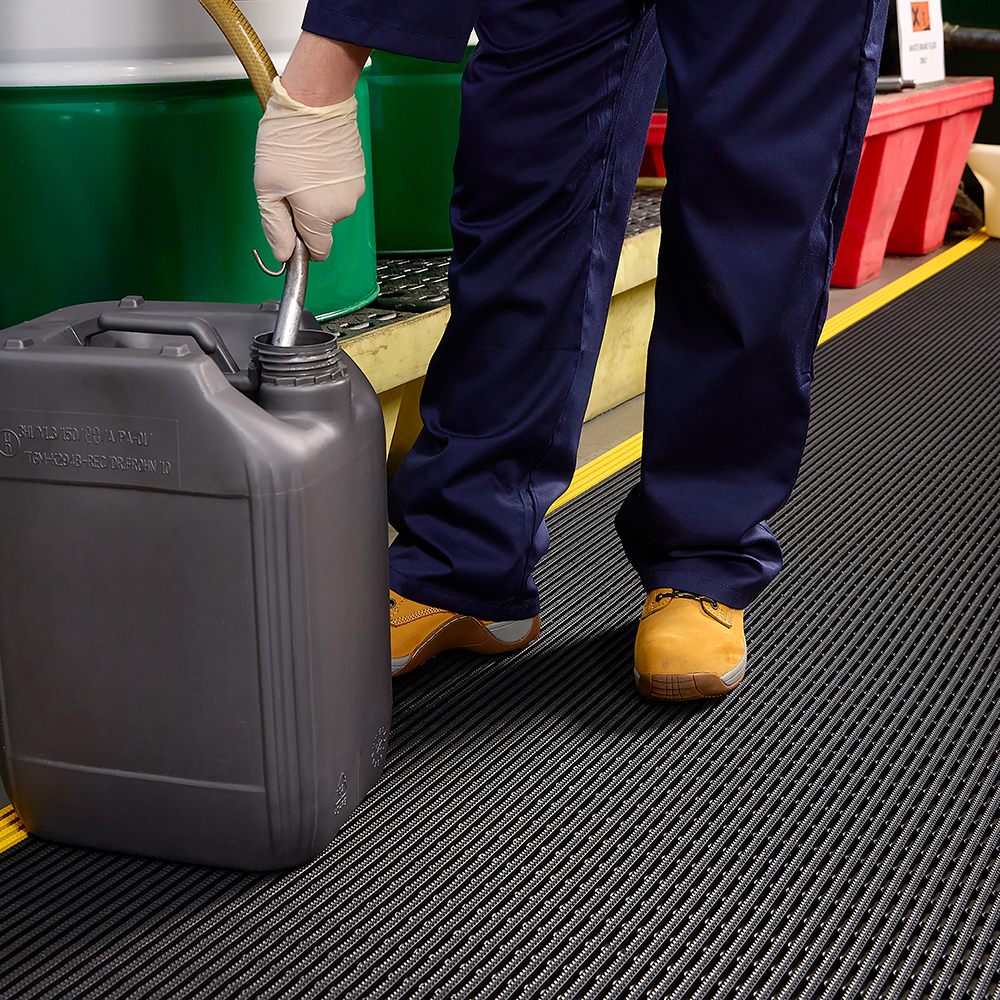
Top Non-Slip Commercial Floor Mats & Matting
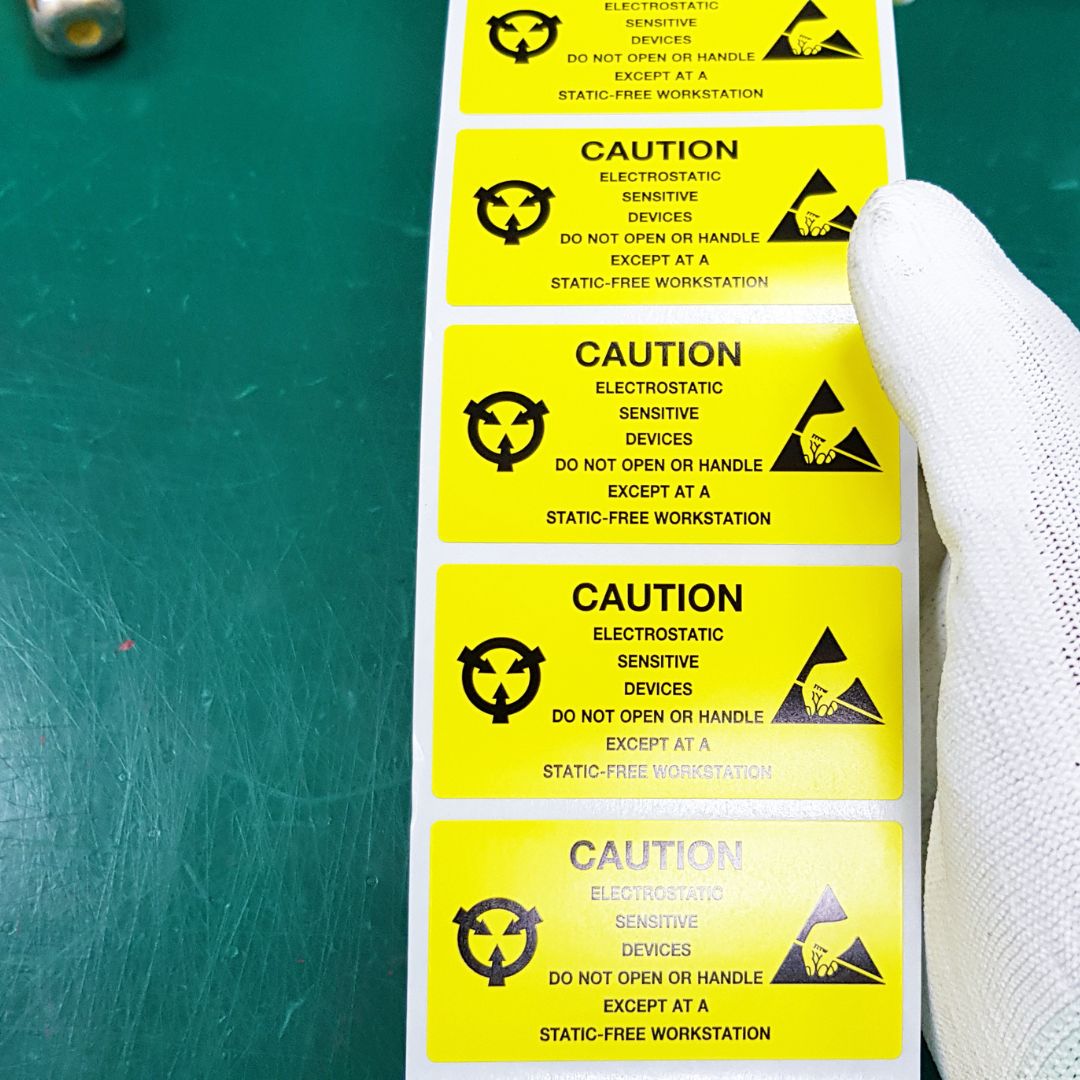
What Is ESD Matting and How Does It Work?
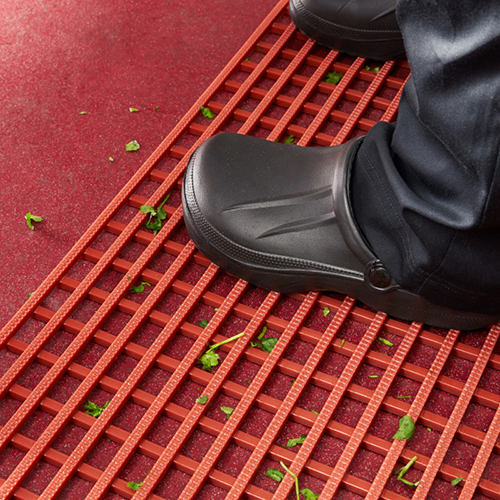
What Is The Significance of Red Kitchen Mats?
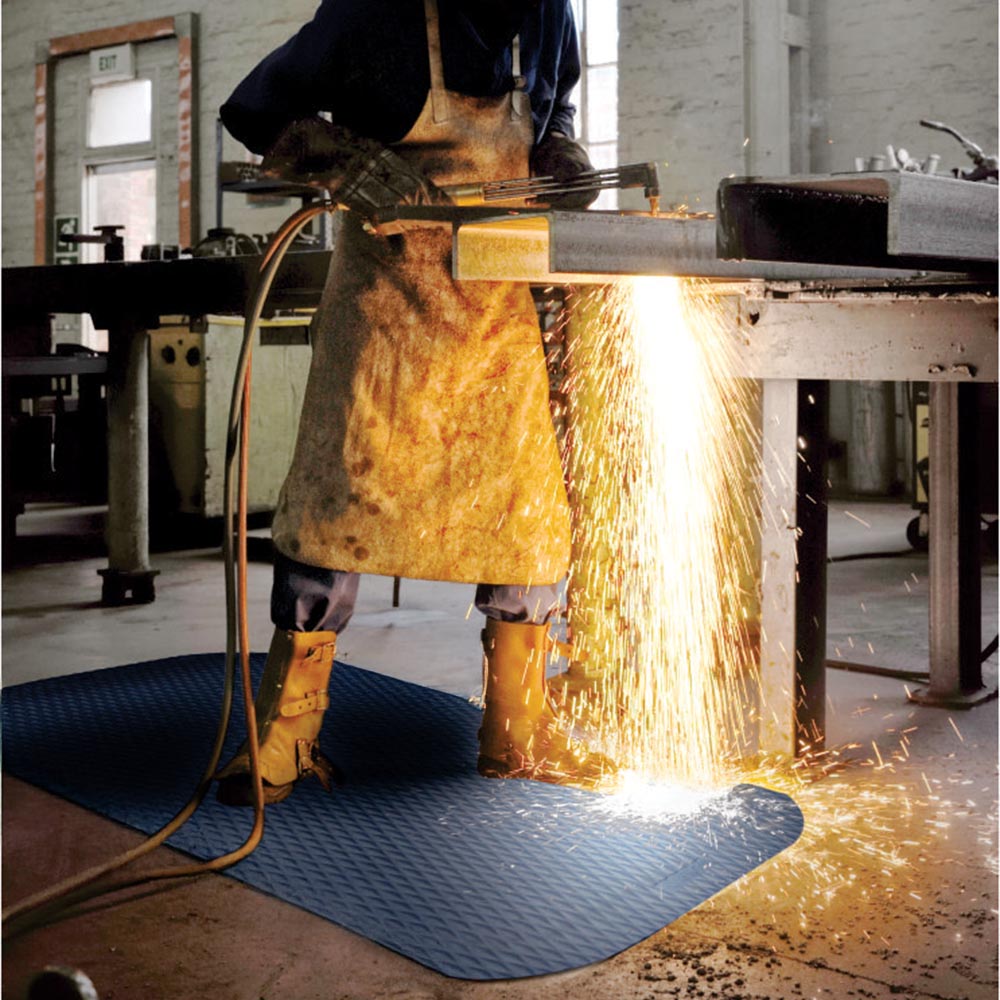
Are Rubber Floor Mats Suitable For Welding?
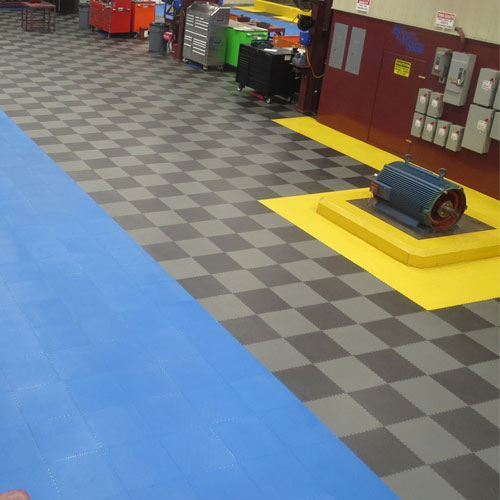
Warehouse Flooring Options - How to Cover a Concrete Industrial Floor
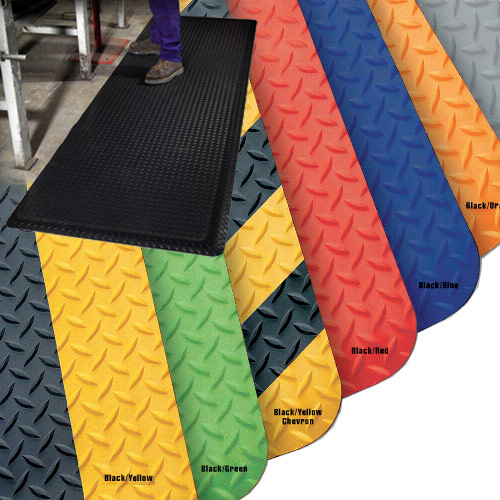
The Best Standing Mat Sizes For Work
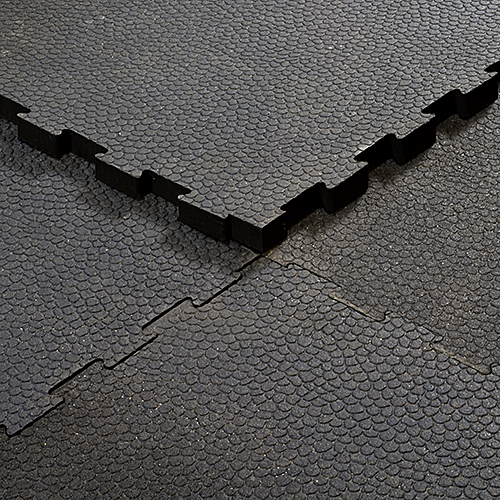
What Are The Best Rubber Utility Flooring Options
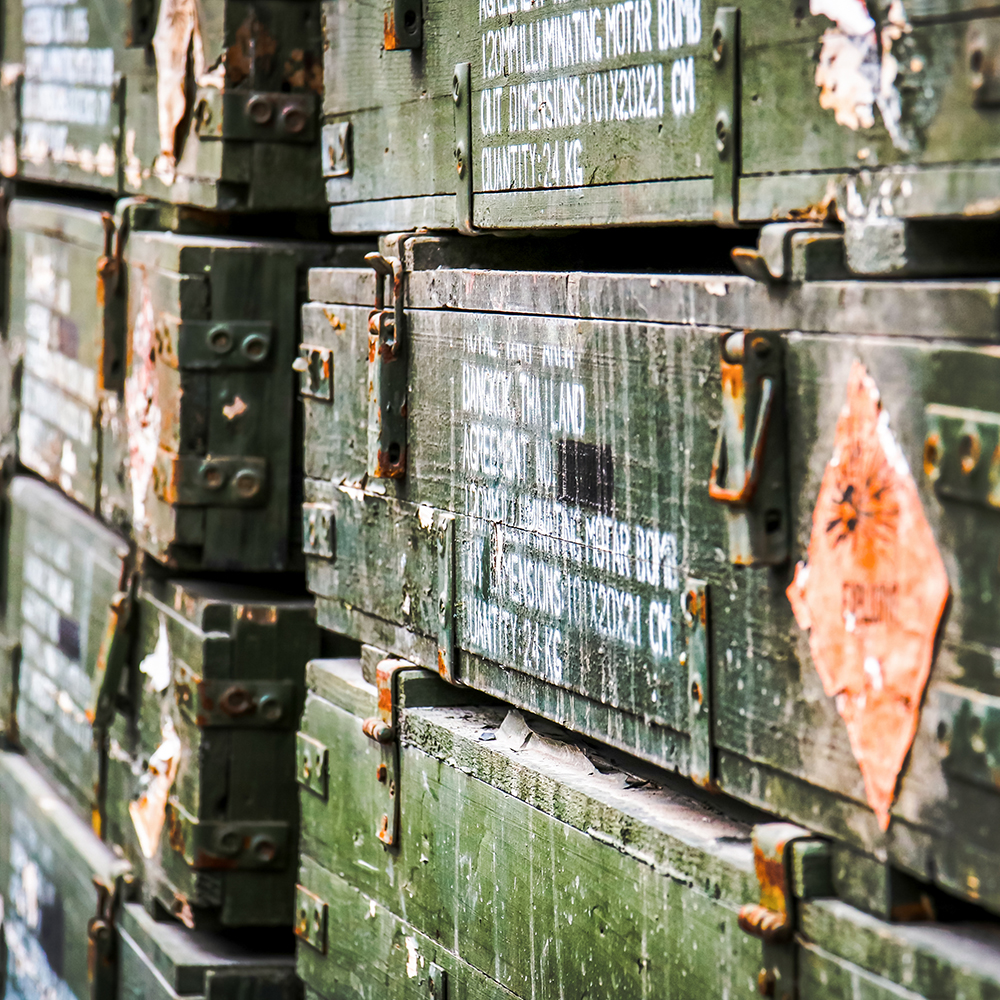
Why Is Rubber Popular for Armory Floors?
Industrial Flooring Options
Industrial flooring is a popular selection in areas where conditions are demanding for both the floors and for the workers. At Greatmats, we offer runners and floor coverings that offer durability, cushioning and water resistance.Industrial Flooring Size and Shape Options
With hundreds of potential choices, it’s easy to find the perfect size, thickness, and shape of commercial-grade flooring for an industrial setting.
- Matting: 2x3 feet to 3x10 feet
- Interlocking tiles: 12x12 inches to 3x3 feet
- Runners: 2 to 6 feet in width and 20 to 100 feet in length
- Thicknesses: 4mm to 1 inch with flat edges or beveled edges available
Industrial Flooring Material Options
- Rubber
- PVC
- Vinyl
Most of our anti-fatigue flooring consists of rubber that’s recycled from tires or that’s left over from virgin rubber material manufacturing.
We also have options with a vinyl top layer and a nitrile rubber base or a PVC top layer and a vinyl lower layer. All of these products are extremely durable.
Pattern and Texture Options
It’s easy to find a non-slip surface in these products. Some include a pebble top or diamond tread texture layer to further enhance traction for safety.
Common Usage Options
The heavy-duty flooring materials work well in assembly lines, in industrial facilities, in a warehouse, commercial garages and in athletic facilities. This commercial-grade flooring delivers anti-slip and anti-fatigue capabilities to keep workers and visitors safer. Many of these products are also resistant to oils, chemicals, mold and mildew.
Installation Options
Because of the heavy-duty design and the weight of this style of floor, you rarely need to use adhesive to secure it to the subfloor, although you can. However, the use of a dry lay installation allows you to pick up the material and move it later.
Cleaning and Maintenance Requirements
For use in a factory setting, our floors are extremely easy to clean with a broom or vacuum. Mop them for a more thorough cleaning process.
They don’t require any significant maintenance other than cleaning, either.
Industrial Flooring Q&A
What are some options to cover a concrete industrial floor?
Some of the most popular selections to cover a concrete industrial floor include plastic PVC and rubber materials. You can select products that have a textured surface, a waterproof design, or a beveled edge, depending on your needs for safety and durability.
What is the best mechanical room flooring?
The best mechanical room flooring needs to support heavy duty equipment like water heaters, electronics, generators, tools, HVAC systems, and more. Industrial flooring with a textured surface or with perforation for drainage may be the best option for your requirements.
What types of anti-fatigue mats or matting are best for industrial use?
You can select rolls and interlocking tiles to use in an industrial setting. Rolls are great for long and narrow walkways and assembly lines, helping workers stand comfortably. Interlocking tiles can cover a large, open space efficiently.
What types of vinyl flooring are suitable for industrial use?
Vinyl is incredibly durable, while offering multiple designs and surface textures that allow it to work in harsh situations. Vinyl runners and rolls are extremely popular in factories, warehouses, and industrial settings, while interlocking vinyl tiles also work great.

